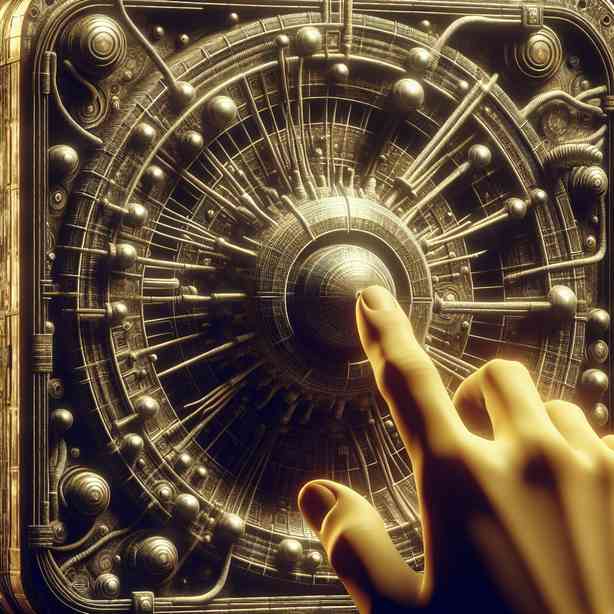
In the modern world, we are surrounded by a plethora of devices and technologies that enhance our daily lives. Among these, there exists a machine that many people encounter regularly yet seldom touch or fully understand—the printer. While printers may not be the most glamorous piece of technology, they hold a significant role in both personal and professional settings. In this discussion, we will explore the various types of printers available, their functionality, maintenance, and why you should develop a closer relationship with this often-overlooked machine.
First, let us delve into the different types of printers available on the market today. The most common types include inkjet printers, laser printers, and all-in-one printers. Inkjet printers are celebrated for their affordability and versatility. They work by spraying tiny droplets of liquid ink onto paper to create images and text. This technology allows for vivid colors and detailed graphics, making them ideal for printing photographs and colorful documents. However, inkjet printers may require regular ink cartridge replacements, which can add to long-term costs.
On the other hand, laser printers use a different approach. They employ a laser beam to transfer toner onto paper, resulting in sharp and professional-looking text and images. Laser printers are generally faster than inkjet models and are particularly well-suited for high-volume printing tasks. One of the advantages of laser printers is their cost efficiency when printing monochrome documents, as toner cartridges last significantly longer than ink cartridges. However, the initial investment in a laser printer can be higher than that of an inkjet printer, which is something to consider based on your printing needs.
All-in-one printers combine the functionalities of printing, scanning, copying, and sometimes faxing into a single device. This type of printer is advantageous for home offices and small businesses where space is limited and multiple functionalities are desired. With features like wireless connectivity and mobile printing capabilities, all-in-one printers cater to the needs of modern users who demand convenience and efficiency.
Now that we have examined the types of printers, it is crucial to understand their uses. Printers are indispensable in various contexts, from printing essential documents for work to producing cherished family photographs. In the educational sector, teachers rely on printers for handouts, worksheets, and presentations. In businesses, they streamline communication, enabling teams to share information quickly. Understanding the importance of these machines emphasizes why you should engage with them rather than merely letting them gather dust on a shelf.
Despite their importance, many individuals find themselves apprehensive about using printers. This apprehension could stem from a lack of familiarity with the technology or fear of making a mistake. However, developing a routine interaction with printers can demystify the process and empower users. Start by familiarizing yourself with the printer’s features. Most printers today come equipped with user-friendly interfaces and touchscreens that guide you through the printing process step-by-step. Knowing how to navigate these interfaces can boost your confidence significantly.
Maintenance is another key aspect of printer ownership. Regular upkeep ensures that your printer operates smoothly and efficiently. Many people overlook simple maintenance tasks, leading to frustrating experiences when the printer malfunctions right before an important deadline. Each type of printer requires specific maintenance, so it’s advisable to refer to your printer’s user manual for guidelines. Common maintenance tips include cleaning the print heads to prevent clogging in inkjet printers and ensuring that the toner levels are checked and replaced when necessary in laser printers. Additionally, keeping the printer free of dust and debris will contribute to its longevity.
Moreover, understanding how to troubleshoot common printer issues can save you time and reduce frustration. Issues such as paper jams, connectivity problems, and low ink warnings are frequent challenges users face. By educating yourself on how to address these problems, you’ll feel more competent and less likely to feel overwhelmed when things don’t go according to plan. Online forums, user manuals, and manufacturer websites can serve as excellent resources for troubleshooting tips specific to your printer model.
Another often-overlooked aspect is the environmental impact of printing. As the world increasingly focuses on sustainability, it is essential to consider eco-friendly printing practices. Recycled paper, double-sided printing, and proper disposal of empty cartridges contribute to reducing waste. Many manufacturers also offer recycling programs for their products, allowing users to return used cartridges in exchange for discounts on future purchases. By being mindful of your printing habits, you can make a positive impact on the environment.
In addition to environmental considerations, embracing digital alternatives can also complement your printing practices. Cloud storage, digital document sharing, and electronic signatures are technologies that reduce the need for physical copies. However, this does not render printers obsolete; rather, it highlights their utility in specific contexts, such as when physical copies are required for meetings or official documentation. Understanding when to implement digital solutions alongside traditional printing methods can optimize your workflow.
As we progress through an increasingly digital age, printers remain an essential link between the digital and physical worlds. While many people might regard printers simply as tools, they are, in fact, facilitators of creativity, communication, and collaboration. From the moment you press “print” to the satisfaction of holding a tangible document in your hand, printers serve a purpose that enriches our daily experiences.
In conclusion, the machine you never touch but should become more involved with is undoubtedly your printer. By familiarizing yourself with the different types of printers, understanding their functionality, and engaging in regular maintenance, you can enhance your overall printing experience. Embracing this technology can lead to a wealth of benefits in both personal and professional settings, empowering you to produce quality documents, photos, and creative works efficiently. Remember, printers are not simply machines; they are valuable tools that can streamline your life and facilitate your goals. So, let go of any apprehensions, embrace the printer, and unlock its full potential in your everyday activities.


